Microsoft publishes Translator extension for Edge that you cannot install
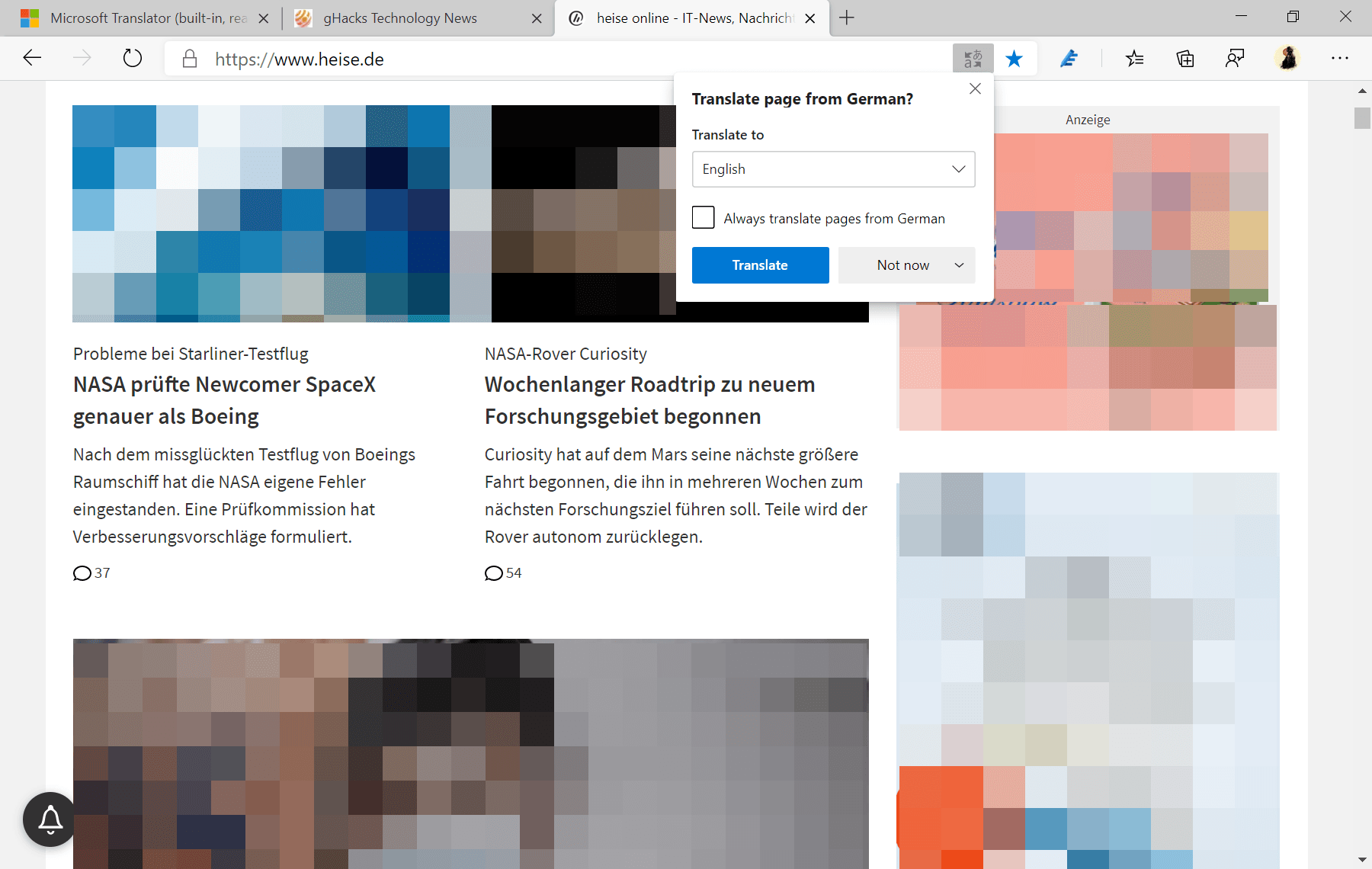
If you visit the Microsoft Translator page on the Microsoft Edge Add-Ons website, you may notice that you cannot install the extension in the new Microsoft Edge. If you open the page in any browser but the new Edge, you will notice that the "get" button is enabled. If you do the same with the new Microsoft Edge, you will notice that it is not enabled.
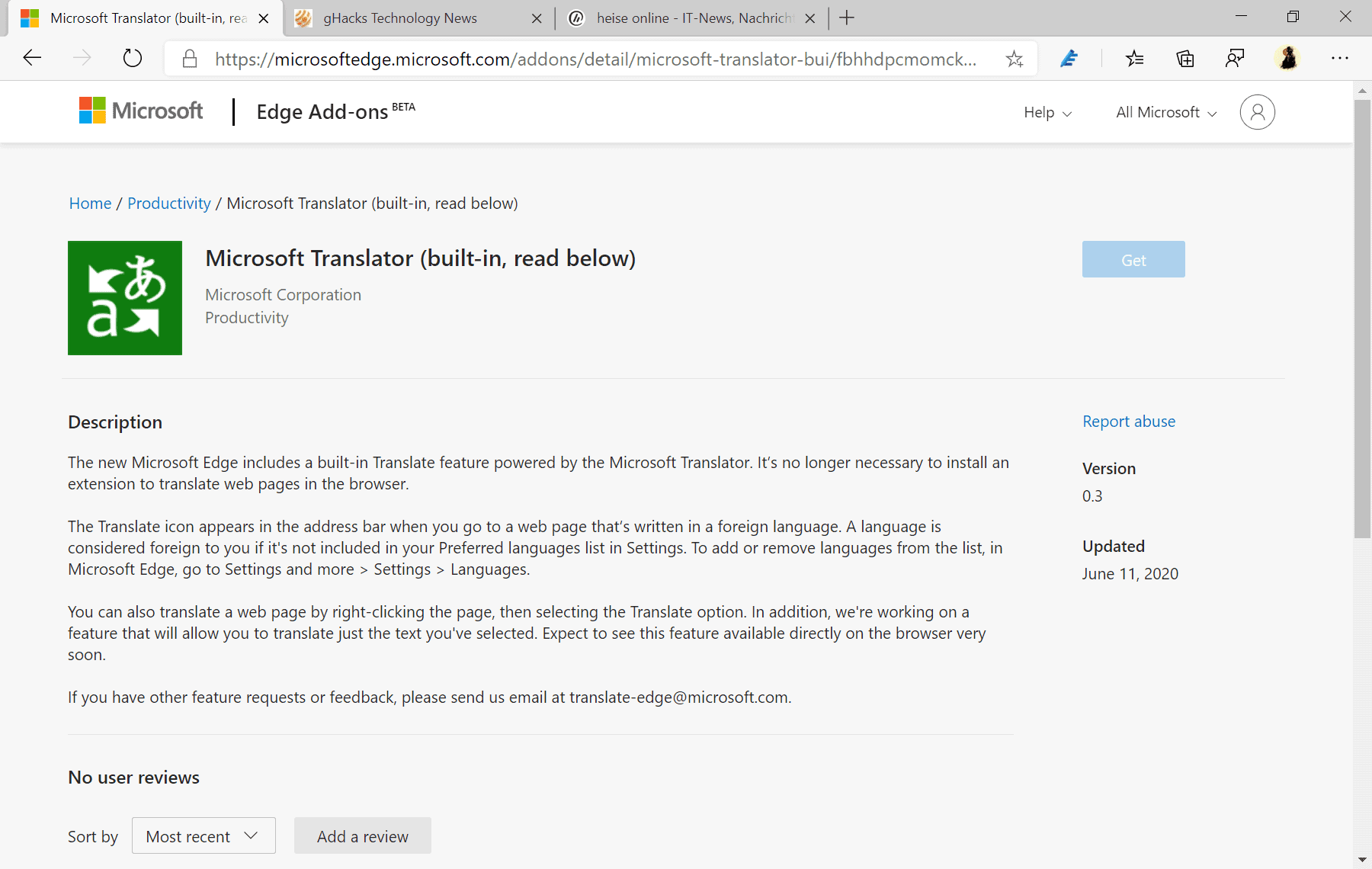
Microsoft provides an explanation of that on the very same page if you open it in the new Microsoft Edge browser.
Microsoft Translator (built-in, read below)
The new Microsoft Edge includes a built-in Translate feature powered by the Microsoft Translator. It’s no longer necessary to install an extension to translate web pages in the browser.
Basically, what Microsoft intends to do is inform users of the new Microsoft Edge web browser that translation extensions are not required because of the built-in translate functionality of the browser.

The new Microsoft Edge browser displays a "translate page to" prompt when a foreign language page is opened in the browser. You get options to translate the page, to always translate the language Edge detected on the page, and to block future translate prompts for that language in the browser.
The description on the Microsoft Translator add-on page describes the functionality of the built-in feature. It highlights that users may interact with the address bar icon to use translate functionality, or right-click on a page to translate webpages directly from the context menu.
The legacy version of Microsoft Edge, the original version of the browser that shipped with the Windows 10 operating system in 2015, requires a translation extension.
Closing Words
It is still a bit puzzling that Microsoft decided to publish the Microsoft Translator page on its site for extensions for the new Microsoft Edge browser. Users who install the new browser or have it installed for them via Windows Update, will see translate prompts as soon as they open a foreign language page in the browser; this leaves users who search for a translate extensions the moment the browser is installed on the system or run for the first time.
Now You: what is your take on this? (via Techdows)



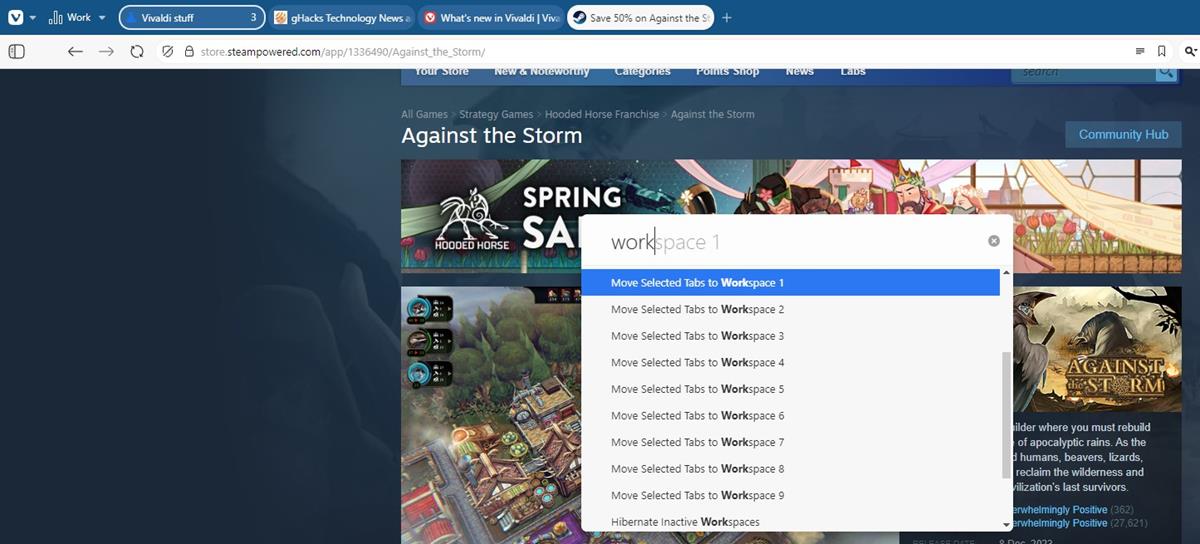












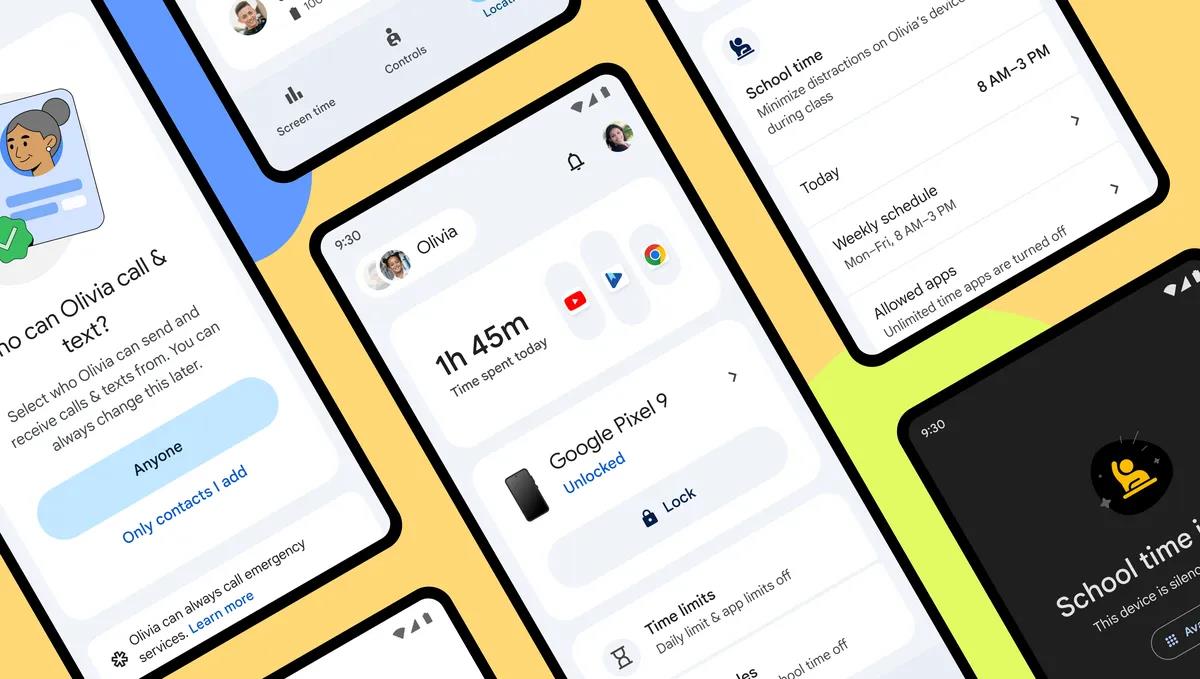


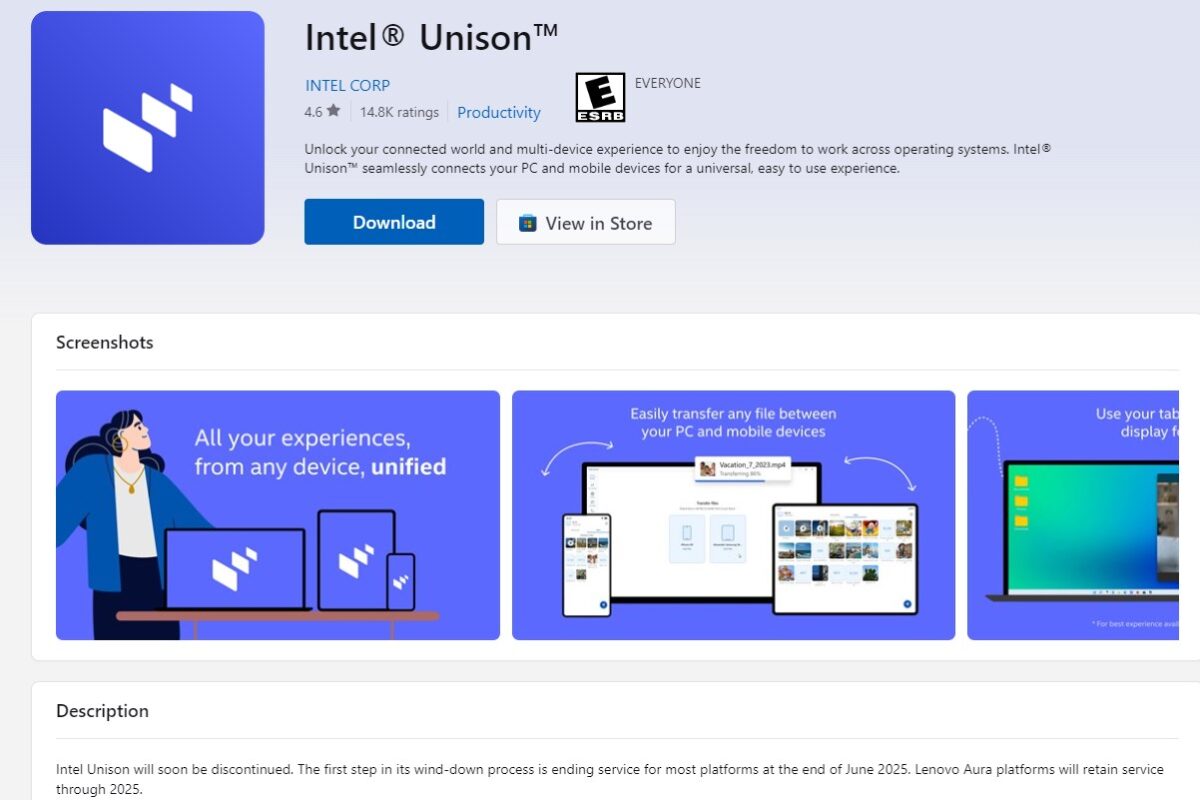

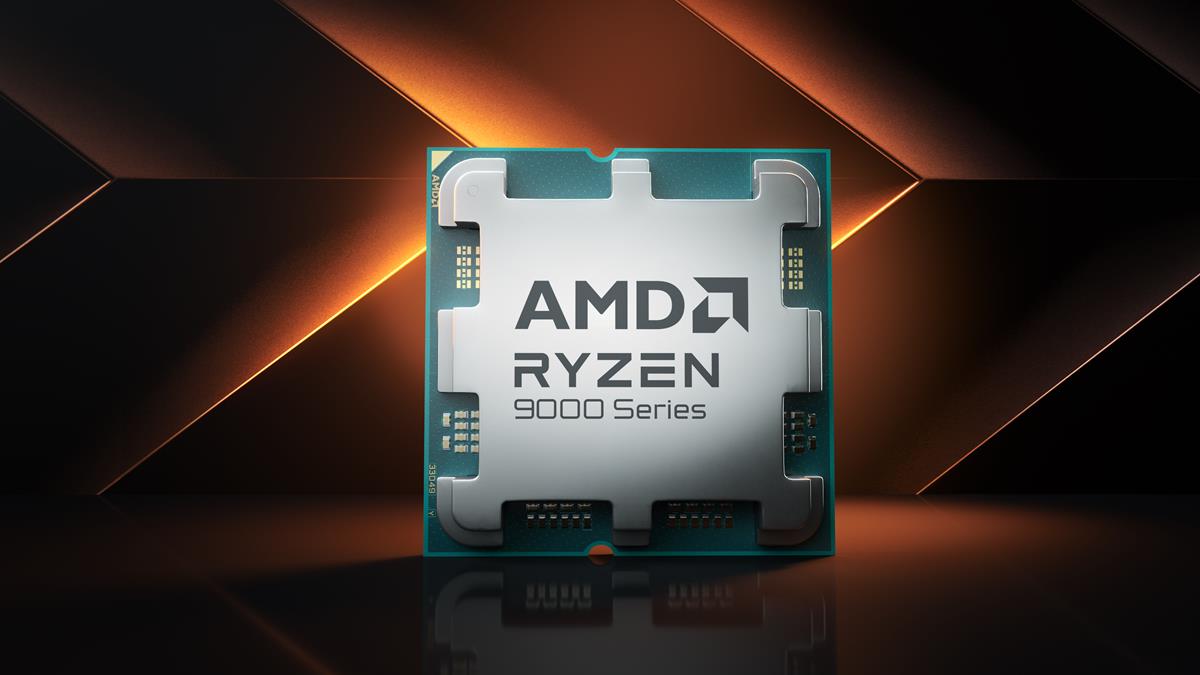


I use MS Edge, but I no longer use their translator, and I went back to the Google translator, with a Chrome extension for that.
Some MS bot spit it out!
MS doesn’t realize why google is successful – because they know how to organize and structure information.
MS is good at other things, but the Edge leadership needs to take this into account when they want to compete against Chrome.
Things like a cookie banner in the new tab page is already a no-go from the perspective of structuring information, and google knows that. Information overload is another problem.
I created a Javascript bookmarklet, based on Microsoft’s original bookmarklet, that uses their own Translator. It works similar to an extension, except it’s not stored in RAM and is only called when you click the bookmarklet button. You can find it here: https://github.com/riegelstamm/msxlatorbkmklet
> Microsoft Translator (built-in, read below)
The new Microsoft Edge includes a built-in Translate feature powered by the Microsoft Translator. It’s no longer necessary to install an extension to translate web pages in the browser.
That is a plausible reason, but it’s a quibble, and Microsoft’s ulterior motive is to eliminate everything but “MS.”
However, the conversion accuracy of “Microsoft Translator” (other languages Japanese) is too terrible, and it is completely useless (it becomes a meaning unknown Japanese becomes a meaning unknown foreign language).
For Japanese, the language translation tool (Translator extension) is an essential function.
Enforcing what’s unusable and rejecting others can be trigger for “hate Microsoft.”
“History repeats”
Microsoft is on the road to fall again.
Is MS Translator useless for Japanese language only or for all the languages?
Perhaps it is because of the uniqueness of “Japanese”, which is a different dimension from English.
Japanese characters include “Kanji, Hiragana, Katakana, and foreign words (phonetic characters: Castella>カステラ, Glass>ガラス, Spaghetti>スパゲッティ, etc.), the grammar (word order and phrase) is different, and the meaning changes depending on the Particle or Adverb.
https://en.wikipedia.org/wiki/Japanese_particles
https://en.wikipedia.org/wiki/Adverb
MS Translator replaces Japanese words with the English grammar, and missing Particle or Adverb, so meaning is not known in Japanese. Therefore, when you translate from Japanese to English (or another language), English words (or another language) are randomly placed, making communication impossible.
However, “Google Translator” and “DeepL Translator” can convert to sentences as like “the degree of Japanese lacking education”.
While MS has spent over 30 years without any progress, Google has made steady progress over the last 15 years, and DeepL is highly evaluated by Japanese in just a few years.
Microsoft always enforces on users and never respects their intent. After all, can’t expect anything from Microsoft.
@owl
“without any progress”
“always enforces”
“communication impossible”
“can’t expect anything”
I think these extreme claims are at best questionable.
TIP: People who desire to speak the truth tend not to overly use such absolutes.
The “symbol” is not reflected, so re-post the string:
False:However, the conversion accuracy of “Microsoft Translator†(other languages Japanese) is too terrible, and it is completely useless (it becomes a meaning unknown Japanese becomes a meaning unknown foreign language).
True:However, the conversion accuracy of “Microsoft Translator†(Other languages Japanese) is too terrible, and it is completely useless (it becomes a meaning unknown Japanese becomes a meaning unknown foreign language).
The “symbol” is not reflected, so re-post the string:
False:However, the conversion accuracy of “Microsoft Translator†(other languages Japanese) is too terrible, and it is completely useless (it becomes a meaning unknown Japanese becomes a meaning unknown foreign language).
True:However, the conversion accuracy of “Microsoft Translator†(Other languages <> Japanese) is too terrible, and it is completely useless (it becomes a meaning unknown Japanese <> becomes a meaning unknown foreign language).
Beginners who are ignorant of PCs use “bing search, MS-IME(Japanese), MS Translator” that comes with the OS (Japanese Windows), but Gradually they switch to knowing that there are “alternatives”:
◠MS-IME(Japanese)>ATOK (made in Japan) or Google Japanese input
◠MS Translator>Google translation (extension function using) and DeepL translation.
◠bing search>Google search or DDG, etc.
Once they start using alternatives, they will never return to Microsoft’s Garbage-like tool.
That are the unchanging reality since MS-IME (Japanese) appeared 30 years ago.
Incidentally,
A Garbage-like tool made by Microsoft that Japanese people despise as “useless”:
â— MS – IME (Japanese)
â— MS Translator
â— bing search
Kudos to the many “voluntary” beta testers out there catching bugs like this for Microsoft.
Microsoft is deeply in love with George Orwell. In their Newspeak, they also call forced, mandatory changes to your OS that break and remove features, well, “feature updates”.
OK, actually they’re Mac lovers. If they used their own products for one day or two, they’d be badly suprised and confused.